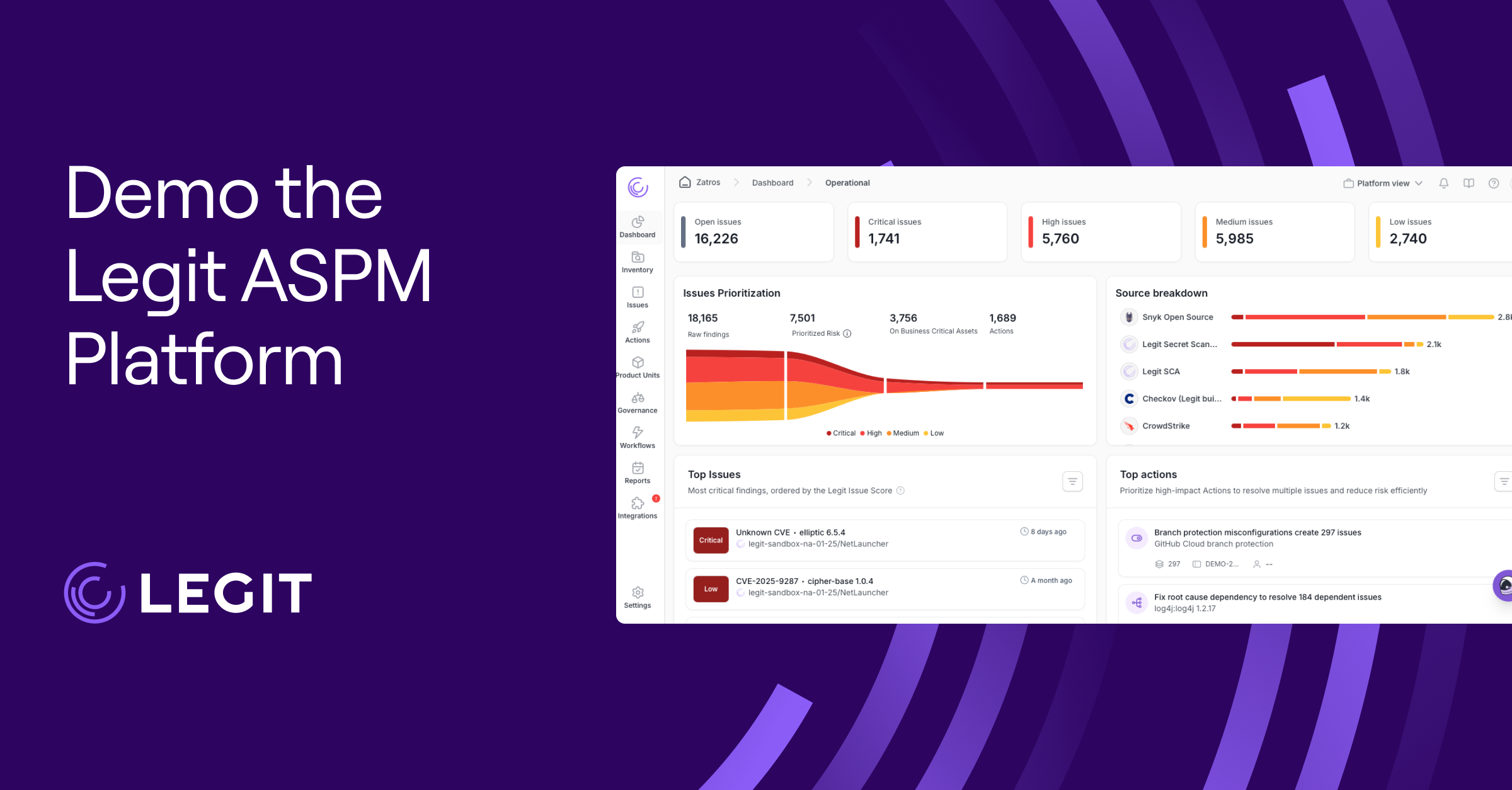Cybersecurity discussions often blur the lines between “defense in depth” and “layered security.” There’s a tendency to use these terms interchangeably, but they describe different approaches. Understanding the distinction and knowing how these strategies work together gives you a clear path toward building stronger protection through a layered defense-in-depth approach.
This article will examine defense in depth versus layered security, highlight the important differences, and show how combining both can sharpen your overall security posture.
What Is Defense in Depth?
Defense in depth is a cybersecurity strategy built on the idea that no single safeguard is enough. Instead of focusing on one domain, defense in depth layers security controls across various processes and technology to reduce the odds of a single point of failure.
If an attacker bypasses a firewall or tricks an employee with a phishing email, other measures— such as endpoint monitoring, encryption, authentication, and access controls—are already in place to contain the threat. This approach differs from simply stacking more tools in one area. Instead, you’re weaving together overlapping defenses across the whole environment.
Defense in depth extends into many modern development practices. It can be used when securing secrets in CI/CD pipelines, monitoring business logic vulnerabilities, and applying continuous threat modeling frameworks.
In cloud and hybrid environments, where software moves quickly and infrastructure shifts constantly, these controls become even more valuable. They give you multiple chances to detect and stop attacks before they cause damage.
What Is Layered Security?
Layered security means stacking multiple, complementary controls in the same part of your environment. The goal is to create redundancy, so if one tool misses an attack, another has a chance to stop the same threat.
In network security, this might involve combining a firewall with an intrusion detection system and a secure web gateway. On endpoints, layered security could mean pairing endpoint detection and response (EDR) with antivirus software and application controls.
These strategies strengthen protection where attacks are most likely to occur. By forcing an attacker to evade several defenses within the same layer, you keep a single blind spot from turning into a breach.
Differences Between Defense in Depth vs. Layered Security
It’s common to confuse defense in depth and layered security, since both rely on multiple safeguards. The main difference is scope. Defense in depth takes a wide-angle view, building protections against people, processes, and technology across an entire environment.
This includes administrative controls like access policies and awareness training, technical controls such as firewalls and application security tools, and physical controls like key cards and locks. The strategy is to create overlapping layers of defense, so that if one layer breaks others will stand in the way.
Layered security zooms in much tighter. Instead of stretching across the whole environment, it piles on controls inside a single layer, like the network or application stack. A firewall might stop one type of traffic, an intrusion detection system (IDS) watches for threatening patterns, an antivirus blocks malicious files, and a secure gateway filters web use.
In other words, defense in depth is the big-picture strategy, while layered security is one way of carrying that strategy out. Defense in depth coordinates layers of defense across the entire organization, and layered security strengthens the individual layers by giving them extra redundancy. When used together, these techniques close as many gaps as possible, and they give attackers far more ground to cover before reaching anything valuable.
Why It’s Important to Use Defense in Depth and Layered Security Together
Using defense in depth and layered security together gives you staying power. Defense in depth weaves protection into every layer of the organization, while layered security reinforces the specific points attackers probe most often. Working in tandem, they improve resilience by sealing gaps that either approach on its own might leave exposed.
One clear advantage to this strategy is cutting down attacker dwell time. A misconfigured cloud bucket or a compromised dependency might slip past initial checks. But controls deeper in the stack, such as identity monitoring or data loss prevention (DLP), can still flag the problem before it spreads.
This combination also supports compliance frameworks like the Payment Card Industry Data Security Standard (PCI DSS) and the Health Insurance Portability and Accountability Act (HIPAA). These frameworks call for layered safeguards such as encryption, monitoring, access controls, and incident response. Defense in depth installs those safeguards across the organization, while layered security delivers redundancy where regulators expect extra assurance, such as when protecting sensitive data.
The result is a stronger, more resilient posture. Even if an attacker breaks through one barrier, breadth and reinforcement across your defenses contain the impact. A compromised account might still trigger multi-factor authentication (MFA) and runtime analysis before damage occurs.
How You Can Use Layered Security to Support Defense in Depth
Imagine that defense in depth is the playbook, and layered security is the “plays” it contains.
Layered security gives you the tactical moves needed to reinforce a specific part of the field.
This often involves implementing multiple security solutions within each layer. If application security threats are your weak spot, you can stack multiple tools within that one layer. This might include a WAF to filter malicious traffic, static application security testing (SAST) and dynamic application security testing (DAST) to check for coding vulnerabilities during development and testing, and runtime protection to stop attacks in progress.
A CI/CD pipeline is another good example of how these two approaches work together. Defense in depth computer security covers the big picture, as you secure code repositories, enforce least privilege, monitor builds, and train developers on security design principles.
Inside that framework, you can apply layered security by combining secrets scanning, dependency checks, and build-time validation to lock down the pipeline itself. This keeps every stage protected, and the layering adds extra resilience right where attackers often strike.
Enhance Defense in Depth and Layered Security With Legit
Legit Security gives you the tools to apply both defense in depth and layered security across the entire software development lifecycle. Instead of waiting for vulnerabilities to surface during production, Legit continuously monitors your code, pipelines, and cloud environments to catch issues early.
By combining broad visibility with targeted controls, our platform strengthens your layers of defense where attackers most often strike. From misconfigured access controls to leaked secrets, Legit surfaces risks at every layer and enforces security design principles that keep your defenses coordinated and consistent. It integrates with your existing tools, correlates their findings, and prioritizes the issues that matter most.
The result is a security program that’s both comprehensive and resilient—a layered defense in depth approach that limits the impact of attacks and keeps your software supply chain secure from code to cloud. Book a demo and see how Legit provides better protection at every level.
Download our new whitepaper.


